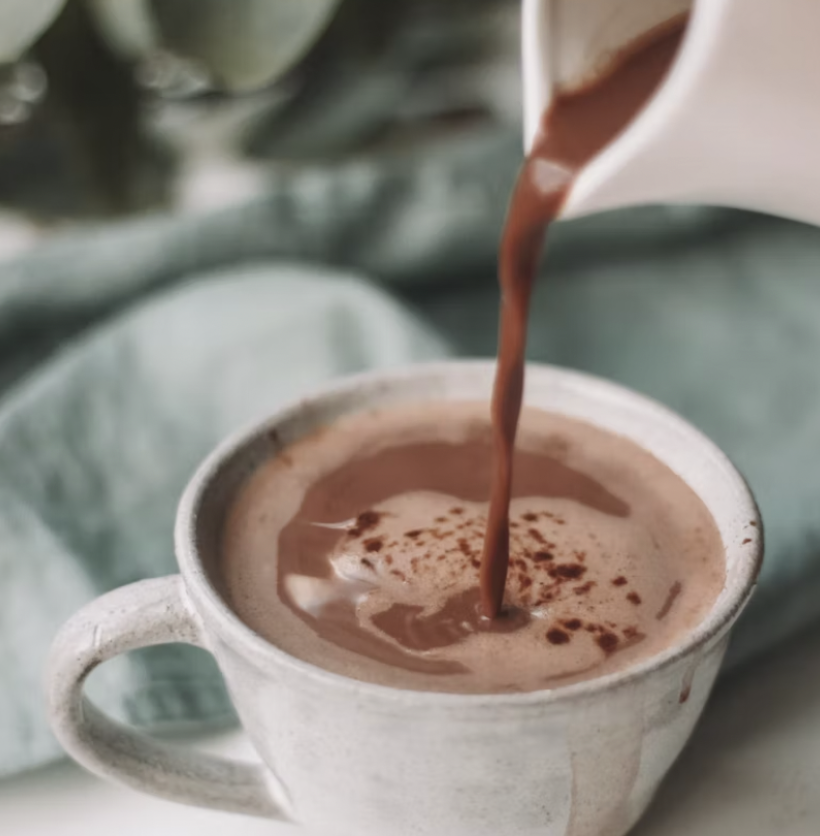
The History of Chocolate: 5 Facts You Didn’t Know
Creamy, rich melty goodness — that’s what chocolate is for many of us. We all have a favorite type and brand and, around the world, we just can’t seem to get enough! But did you know that the history of chocolate in the United States has not-so-sweet ties to the slave trade? This month, several of our Mellon Honors students visited Hershey Park as part of a class on the history of chocolate. They also learned some surprising facts about America’s favorite guilty pleasure. Here are five of them:
- The cacao bean was first discovered in Central and South America
Despite conflicting accounts of how chocolate was first introduced to the world, with indigenous peoples being left out of the narrative, the cacao bean is indisputably native to Central and South America. When it comes to how chocolate was first introduced to the United States, the journey of the cacao bean becomes a little more complicated. Some historical accounts say that it was introduced via a Spanish ship in 1641 that made its way to the United States after having invaded Mexico and popularized chocolate back home in Europe.
- Enslaved people helped mass-produce chocolate around the world
Chocolate mania spread throughout Europe, and with its high demand came chocolate plantations. The making of chocolate has always been an arduous, back-breaking process since the conditions to ensure the quality and taste of the bean are rigorous and precise. However, rather than do the work themselves, plantation owners exploited the enslaved labor they had on hand to meet the demands for chocolate. Today, the efforts put in by enslaved people in order to keep up with the demand for chocolate are often overlooked or forgotten. Dig a little deeper and you’ll discover the truths behind the mass production of chocolate and the people once forced to make it.
- Chocolate was once for the rich only
Chocolate was first discovered as an unsweetened drink, consumed by native and indigenous peoples of Central and South America. After Spanish invaders saw the value of this drink, they then brought the recipe back to Europe, where it was adapted to meet the tastes of those that could afford it — essentially only the rich and noble classes. And it remained largely a privilege of the rich until the invention of the steam engine made mass production possible in the late 1700s. The drink was a fashionable staple of the wealthy, with claims of medicinal and sometimes even magical properties. Once mass production ensued, the recipes changed and the ingredients used made the confection more affordable and more readily available for all people.
- Chocolate today would not be considered “chocolate”
The way chocolate has been produced, adapted, and transformed over the centuries makes it completely unrecognizable from its roots as an unsweetened, bitter drink. From adding in sweeteners, milk, fats, and other ingredients, chocolate has gone through many iterations. As a result, it has become a highly successful global product because it is so adaptable and marketable. Want a healthier version? Try dark chocolate! Want something unique? Try it with maple syrup and bacon! Today, chocolate is loved by people of all ages all over the world because there’s a type for everyone.
- Chocolate was once used as currency
Chocolate has always been a highly valued commodity and was even used as a form of money during desperate times. According to the Smithsonian, “Chocolate was so valued during the Revolutionary War that it was included in soldiers’ rations and used in lieu of wages.” Today, chocolate is a billion-dollar industry with Americans consuming half a pound of the stuff per month — proving that although we may no longer be paid in chocolate bars, we certainly use our pay to buy them!
For more topics on America’s Invisible History and courses that uncover truths like this, reach out to ___ for more information.
Sources:
https://www.history.com/topics/ancient-americas/history-of-chocolate
https://www.smithsonianmag.com/arts-culture/a-brief-history-of-chocolate-21860917/

